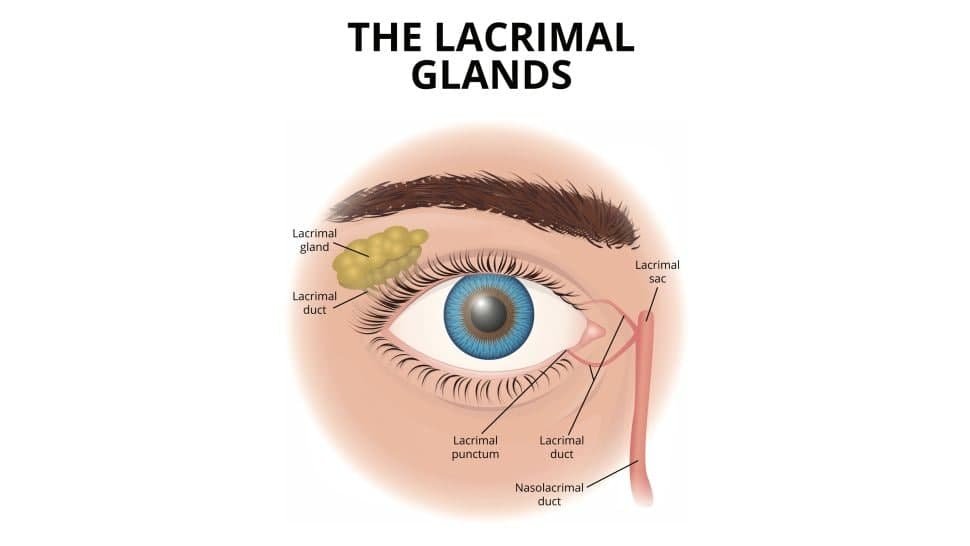The human body is full of quirks. For example, some people can squirt water (or even smoke or milk) from their eyes.
But how can some people spurt unusual fluids from their eyes, and is it dangerous to their health?
It turns out that when someone squirts water out of their eye, they’re putting pressure on a sac in the bridge of the nose (where glasses usually sit) that holds fluid draining from the eyes. This sac is called the lacrimal sac and is a part of the tear duct system.
Related: Why do people get ‘bags’ under their eyes?
The tear ducts, also called the nasolacrimal ducts, are tubes in the lower and upper eyelids that drain the liquid from around the eyes. The ducts lead to the sacs filled with fluid.
“This drainage system is essentially the sewer for the eye’s tears,” said Dr. Michelle Andreoli, an ophthalmologist at Northwestern Medicine Regional Medical Group in Illinois and a clinical spokesperson for the American Academy of Ophthalmology. “The tear duct’s drain opens at a small bump, which is visible in the upper and lower eyelid at the inside corner near the nose.”
This fluid usually drains into the nose and throat. For example, this is why the nose gets runny when a person cries — the liquid from the eyes flows through the tear ducts, into the sac and then to the nose and throat.
Along the way, there are valves that typically stop air or liquid from backing up into the eye. But, with pressure, some people may be able to squeeze or squirt out fluids in the sac and duct. It may even make a high-pitched sound, according to case reports published in the Journal of Otolaryngology and Rhinology in 2020.

“Some people can experience reflux or overflow through the tear duct,” Andreoli told Live Science in an email. This overflow could be air from the nasal passages bubbling out the tear duct or fluid collected in the lacrimal sac, forced out by pressure from hard sneezing or nose plugging.
One of the more common ways to put pressure on the nasal cavity is to perform the Valsalva maneuver: Take a deep breath, close the mouth, pinch the nose and then blow out for about 10 to 15 seconds.
Pressure from this maneuver will often “pop” the ears and put pressure on the nasal cavity. Some people report squirting milk or blowing smoke through this duct when performing this type of pressure-building maneuver.
The case report authors hypothesized that people who can push air or liquid through their tear ducts may have abnormal valves, allowing the fluid to move back up into the duct and eye.
Thankfully, these party tricks are interesting but not dangerous, Andreoli said — and that’s good news, because the tear duct system is a significant player in eye health.
“If a tear duct is not functioning, the tears can back up onto the eye surface,” Andreoli said. “This can cause watering, redness, irritation and discomfort.”
Related Mysteries
Why do I close my eyes when I sneeze?
How do our eyes move in perfect synchrony?
Why don’t people have orange or golden eyes?
This article was originally published by Live Science. You can read the original article here.
